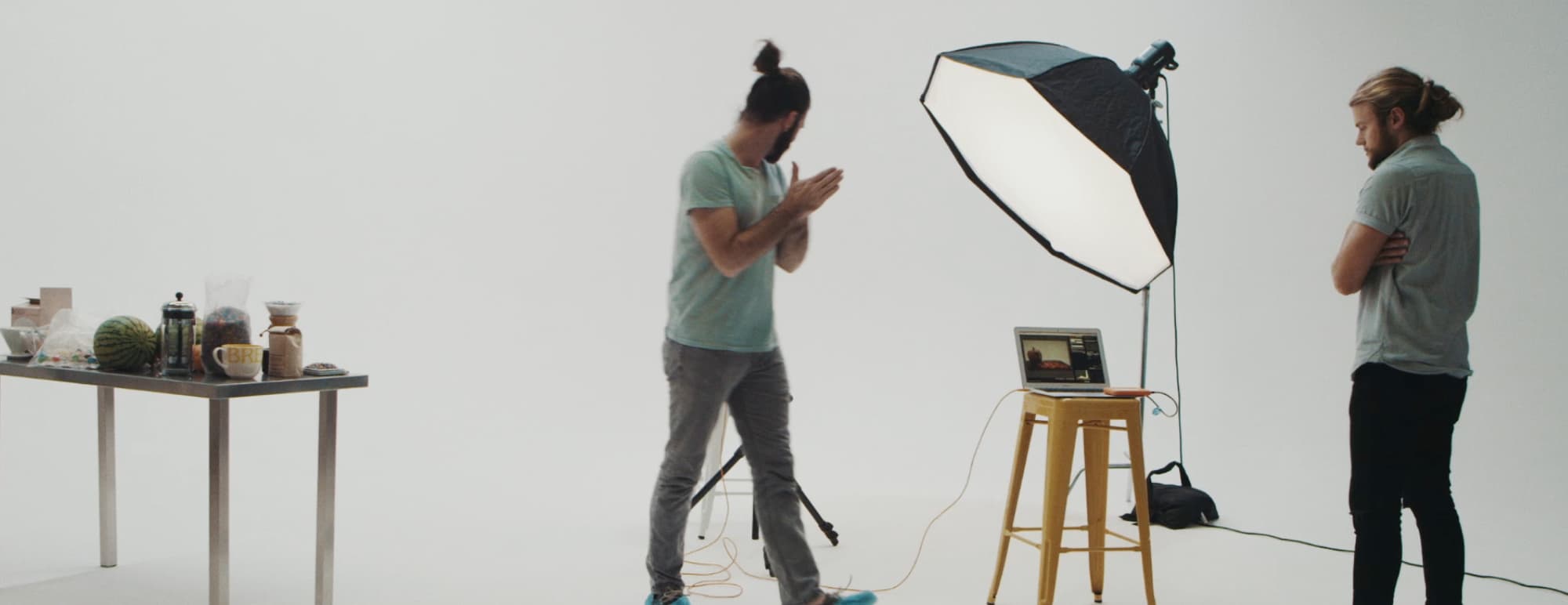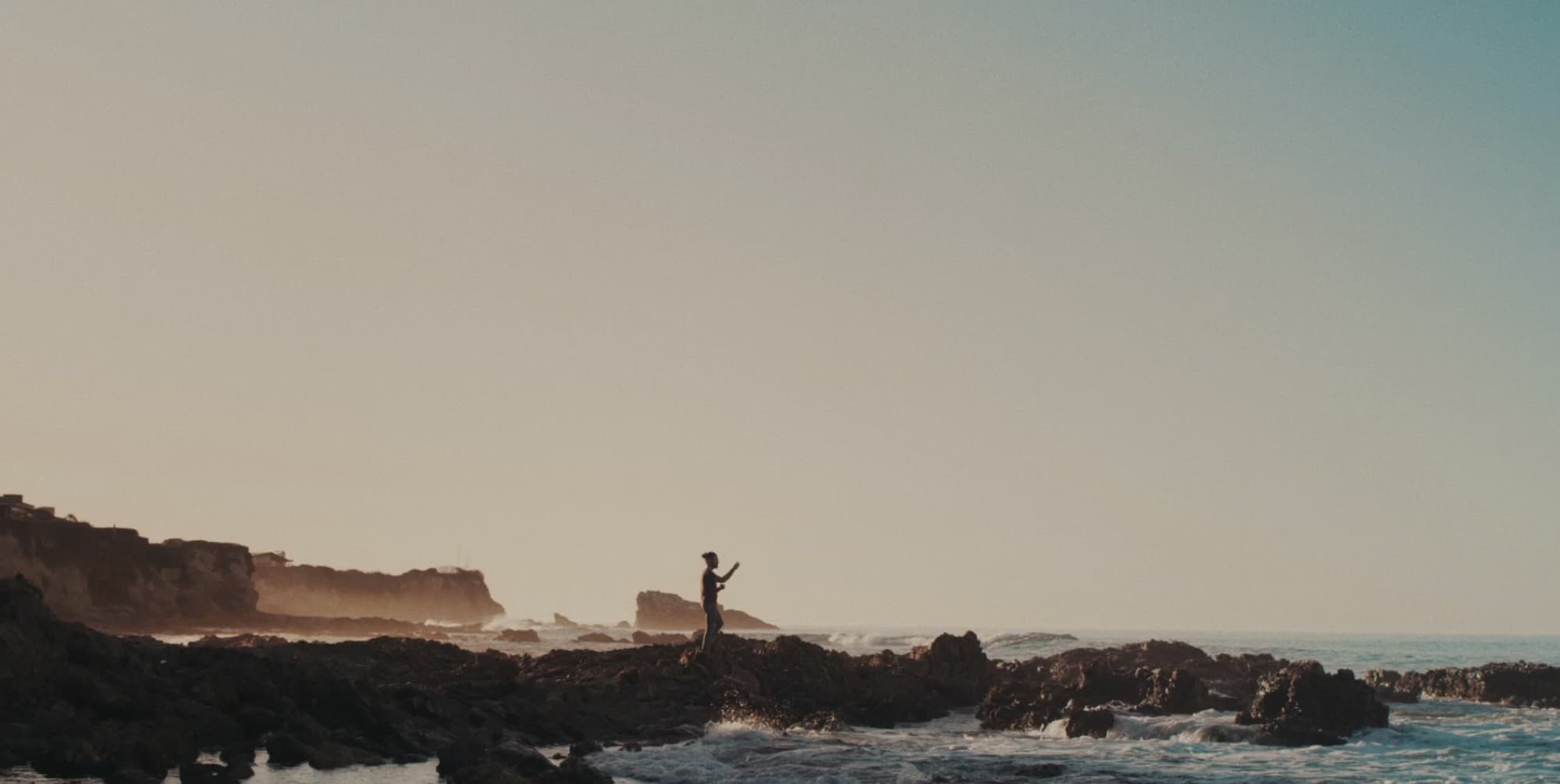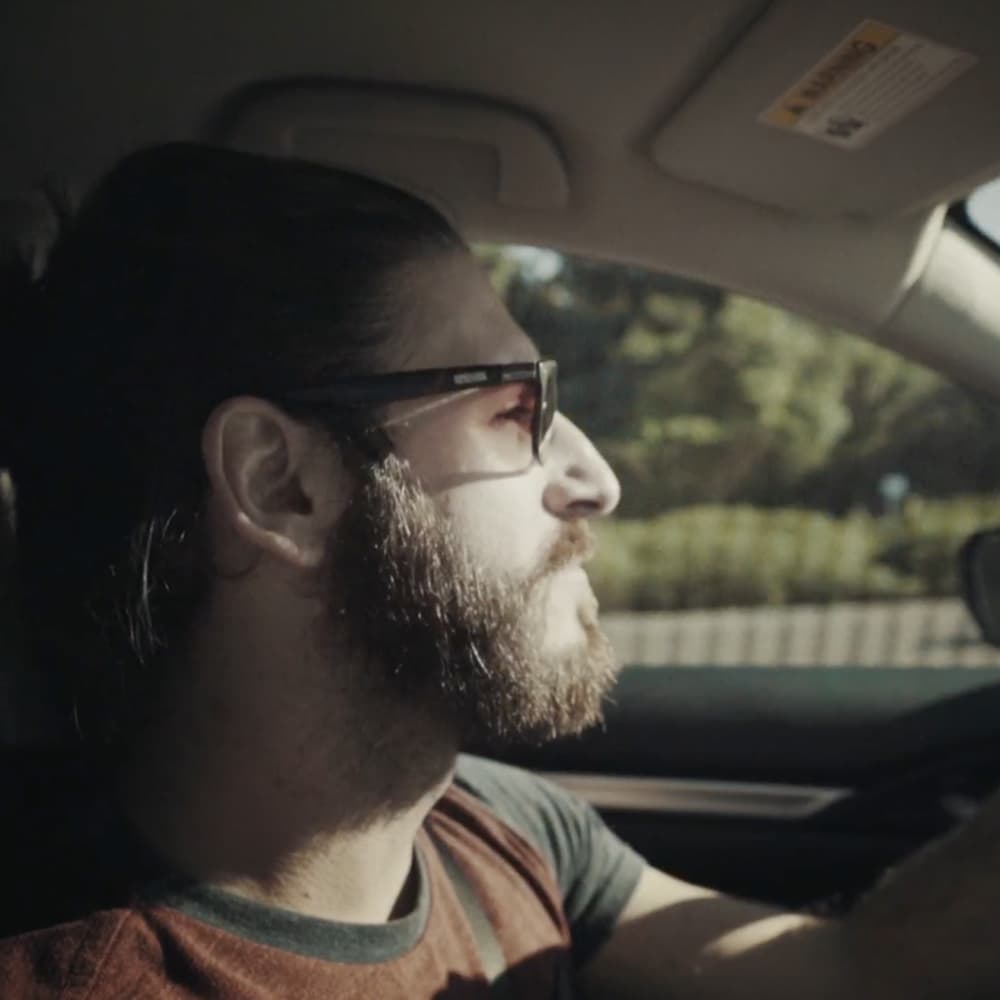Meet Photographer Andrew Oxenham
Hi, I’m Andrew Oxenham, though most everyone calls me Ox. As a photographer, it's important to see the light around you, which requires your peripheral vision. With glasses, you sort of learn to avoid those areas your eyes only look straight through the glasses which makes seeing the light around you really difficult. With Visian ICL I don't have to think twice about any of those things.
Hi, I’m Andrew Oxenham, though most everyone calls me Ox. As a photographer, it's important to see the light around you, which requires your peripheral vision. With glasses, you sort of learn to avoid those areas your eyes only look straight through the glasses which makes seeing the light around you really difficult. With Visian ICL I don't have to think twice about any of those things.

What led me to Visian ICL
Growing up, I considered other eye procedures, but had a lot of skepticism specifically from the fact that they're non-reversible. And so that was actually the biggest and the kind of main selling point for me on Visian ICL. One of the [other] things that made me feel pretty comfortable about getting Visian ICL is that it's a tried and true method.

Ox's day-to-day & where Visian ICL helps most.
Through the lens
Planning it out
“There’s a few big road blocks to having glasses and being a photographer. Now I’ve got Visian ICL and I can run out and live my life unhindered.”
There’s a few big roadblocks to having glasses and being a photographer.
When you can’t see your entire field of vision you’ve got a whole bunch of space to your left and to your right, specifically your peripheral vision, that you sort of learn to avoid those areas your eyes only look straight through the glasses, so that kind of light part of it is really difficult.
Thinking about life with glasses, my life had a whole bunch of tiny little hurdles. Things that I jumped over, granted. But it was basically [how] I lived my life... I made my life conform to these constraints that I had. And now I’ve got the Visian ICL and I don’t have to think twice about any of those things. I can grab my camera or grab my notebook and just run out and live my life unhindered.
Andrew Oxenham has EVO ICL lenses and is sponsored by STAAR Surgical.

Questions with Andrew
What do you do for a living?
I am a photographer who creates what I like to call visual puns, where I take ordinary items and apply them in unexpected ways.
What’s your biggest pain point about contacts or glasses?
With glasses, you still can’t access your peripheral vision clearly, which accounts for a lot of your field of vision.
What about Visian ICL helped make your decision?
One of the things that made me feel pretty comfortable about getting the Visian ICL is the fact that it's actually been around for a lot longer and that actually helped me see that it’s a tried and true method.
Important Safety Information
The EVO Visian ICL Lens is intended for the correction of moderate to high nearsightedness. EVO Visian ICL and EVO Visian TICL surgery is intended to safely and effectively correct nearsightedness between -3.0 D to -15.0 D, the reduction in nearsightedness up to -20.0 D and treatment of astigmatism from 1.0 D to 4.0 D. If you have nearsightedness within these ranges, EVO Visian ICL surgery may improve your distance vision without eyeglasses or contact lenses. Because the EVO Visian ICL corrects for distance vision, it does not eliminate the need for reading glasses, you may require them at some point, even if you have never worn them before.
Implantation of the EVO Visian ICL is a surgical procedure, and as such, carries potentially serious risks. Please discuss the risks with your eye care professional. Complications, although rare, may include need for additional surgical procedures, inflammation, loss of cells from the back surface of the cornea, increase in eye pressure, and cataracts.
You should NOT have EVO Visian ICL surgery if:
- Your doctor determines that the shape of your eye is not an appropriate fit for the EVO Visian ICL
- You are pregnant or nursing
- You have moderate to severe damage to the optic nerve caused by increased pressure (glaucoma)
- You do not meet the minimum endothelial cell density for your age at the time of implantation as determined by your eye doctor
- Your vision is not stable as determined by your eye doctor
Before considering EVO Visian ICL surgery you should have a complete eye examination and talk with your eye care professional about EVO Visian ICL surgery, especially the potential benefits, risks, and complications. You should discuss the time needed for healing after surgery. For additional information with potential benefits, risks and complications please visit DiscoverICL.com.
Select Your Region
Latin America
References
1. Packer M. The Implantable Collamer Lens with a central port: review of the literature. Clin Ophthalmol. 2018;12:2427-2438.
2. Martínez-Plaza E, López-Miguel A, López-de la Rosa A, et al. Effect of the EVO+ Visian Phakic Implantable Collamer Lens on Visual Performance and Quality of Vision and Life, Am J Ophthalmol 2021;226:117-125.
3. Packer M. Evaluation of the EVO/EVO+ Sphere and Toric Visian ICL: Six month results from the United States Food and Drug Administration clinical trial. Clinical Ophthalmology. 2022;16:1541-53.
4. Parkhurst GD. A prospective comparison of phakic collamer lenses and wavefront-optimized laser-assisted in situ keratomileusis for correction of myopia. Clin Ophthalmol. 2016;10:1209-1215.
5. Zhang H, Deng Y, Ma K, Yin H, Tang J. Analysis on the changes of objective indicators of dry eye after implantable collamer lens (ICL) implantation surgery. Graefes Arch Clin Exp Ophthalmol. 2024 Jul; 262(7):2321-2328
6. Shoja, MR. Besharati, MR. Dry eye after LASIK for myopia: Incidence and risk factors. Eur J of Ophthalmol. 2007; 17(1): pp. 1-6.
7. Lee, Jae Bum et al. Comparison of tear secretion and tear film instability after photorefractive keratectomy and laser in situ keratomileusis. J Cataract Refract Surg., Volume 26 , Issue 9 , 1326 - 1331.
8. Parkhurst, G. Psolka, M. Kezirian, G. Phakic intraocular lens implantantion in United States military warfighters: A retrospective analysis of early clinical outcomes of the Visian ICL. J Refract Surg. 2011;27(7):473-481.
Feeling unsure?
We get it. Decisions like this take time to consider and research. We can help guide your decision with information that's the most relevant to you.
Do you currently wear glasses or contacts?


